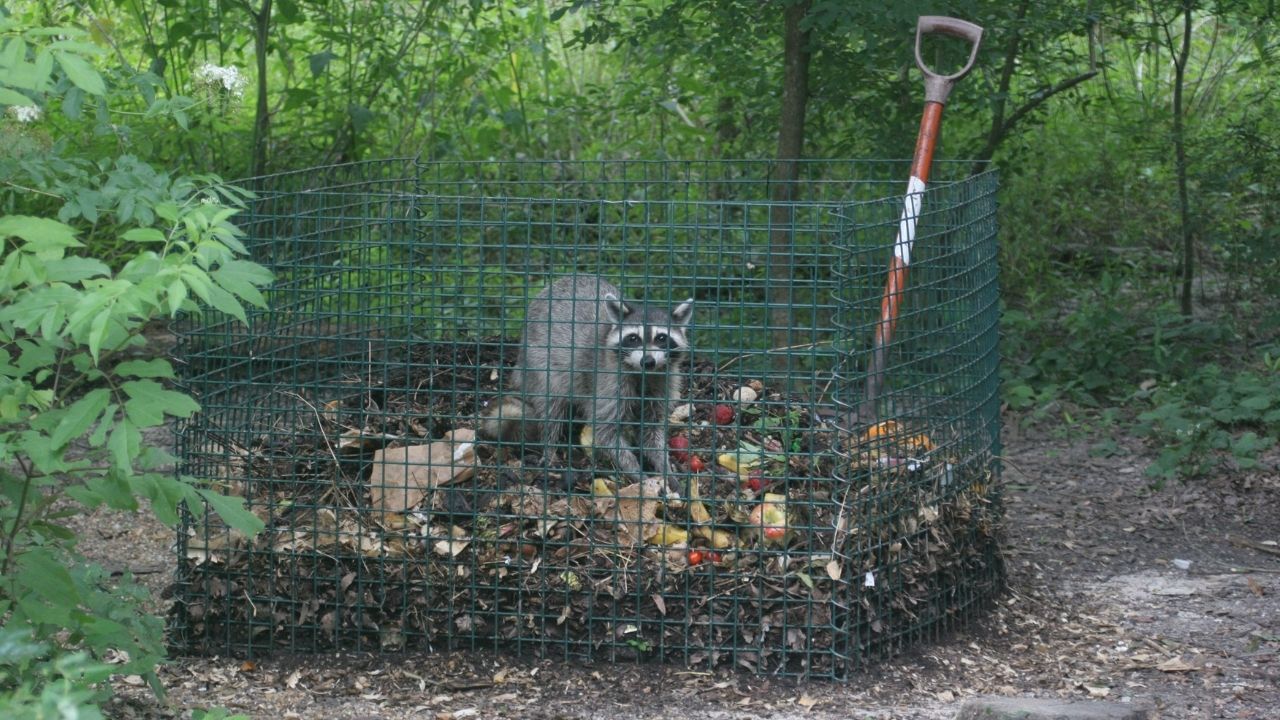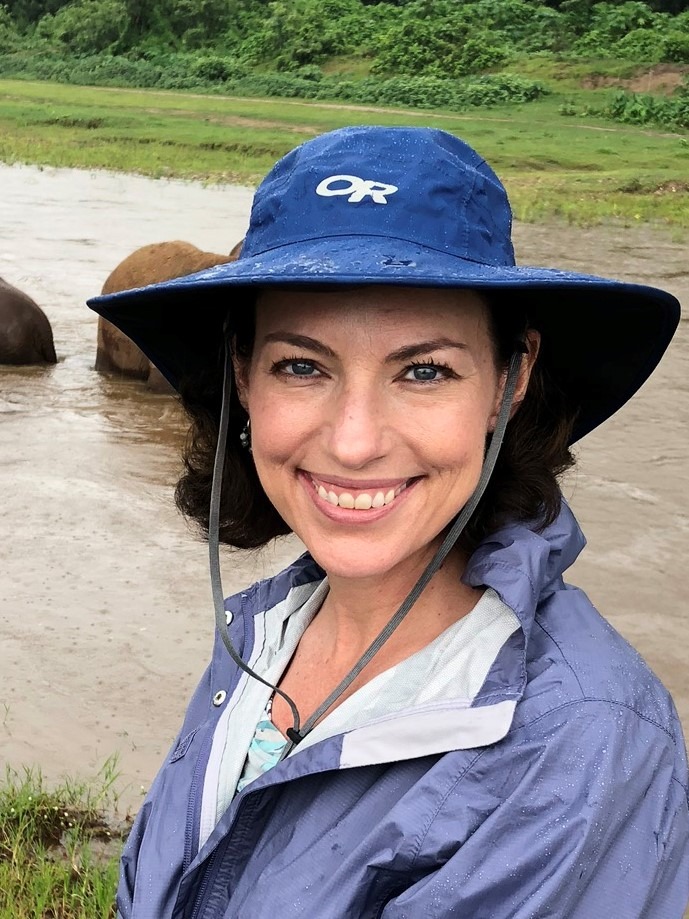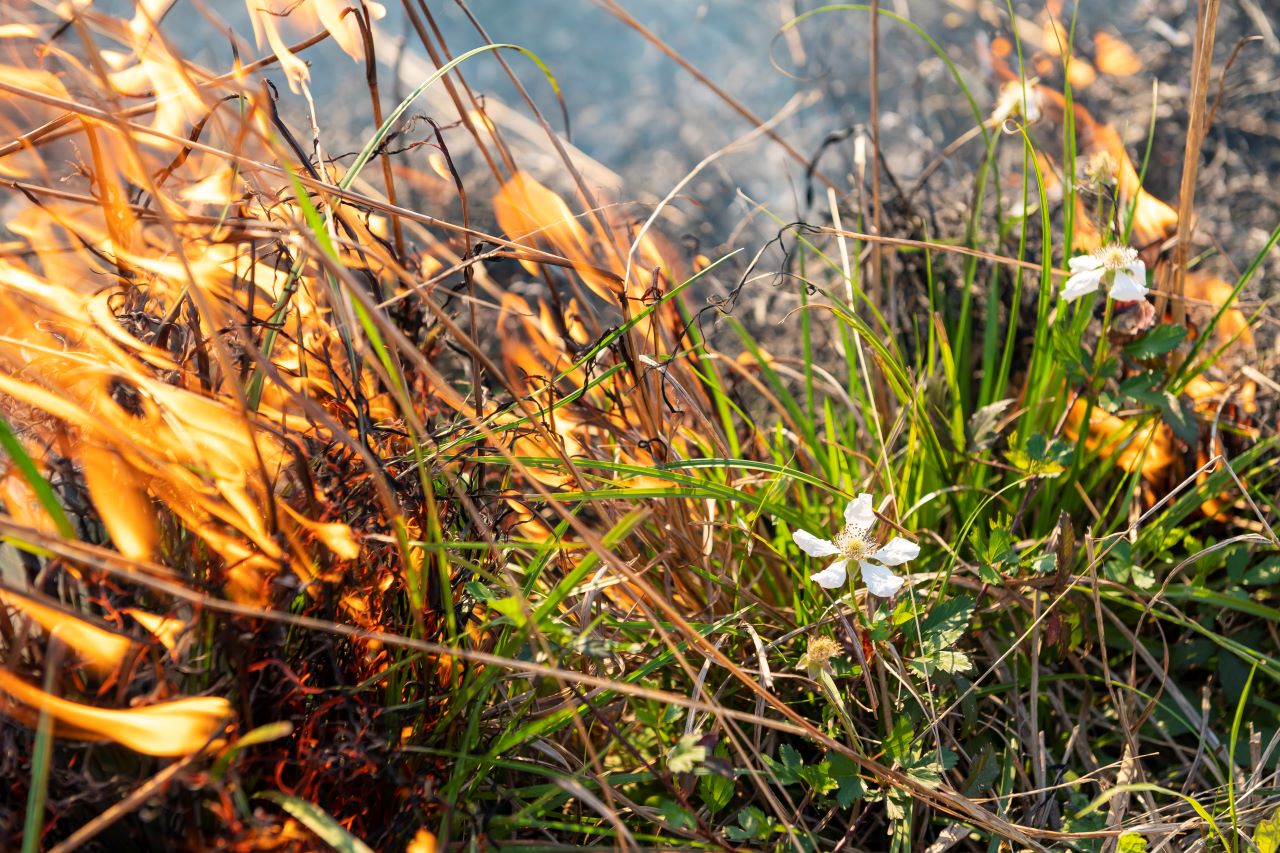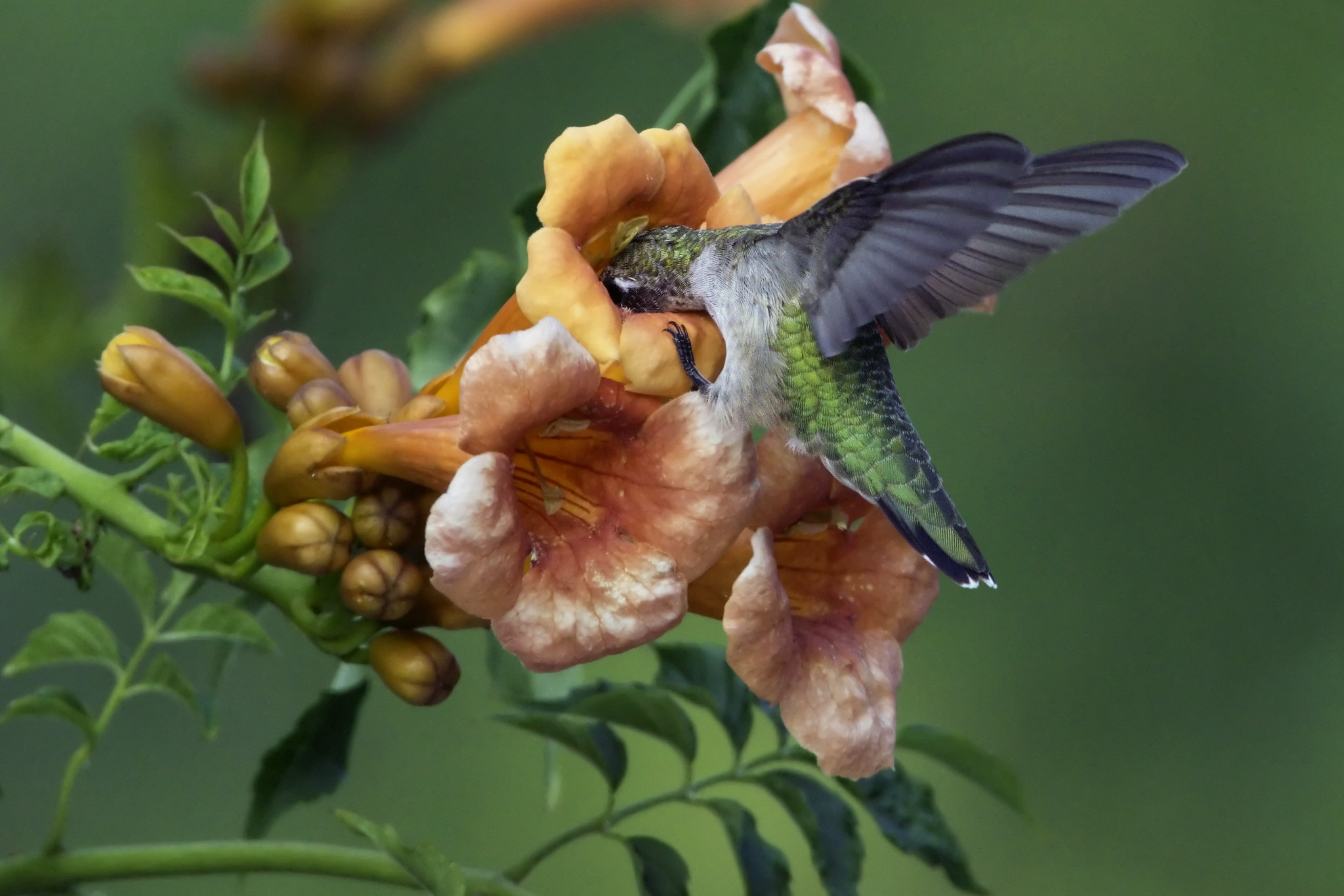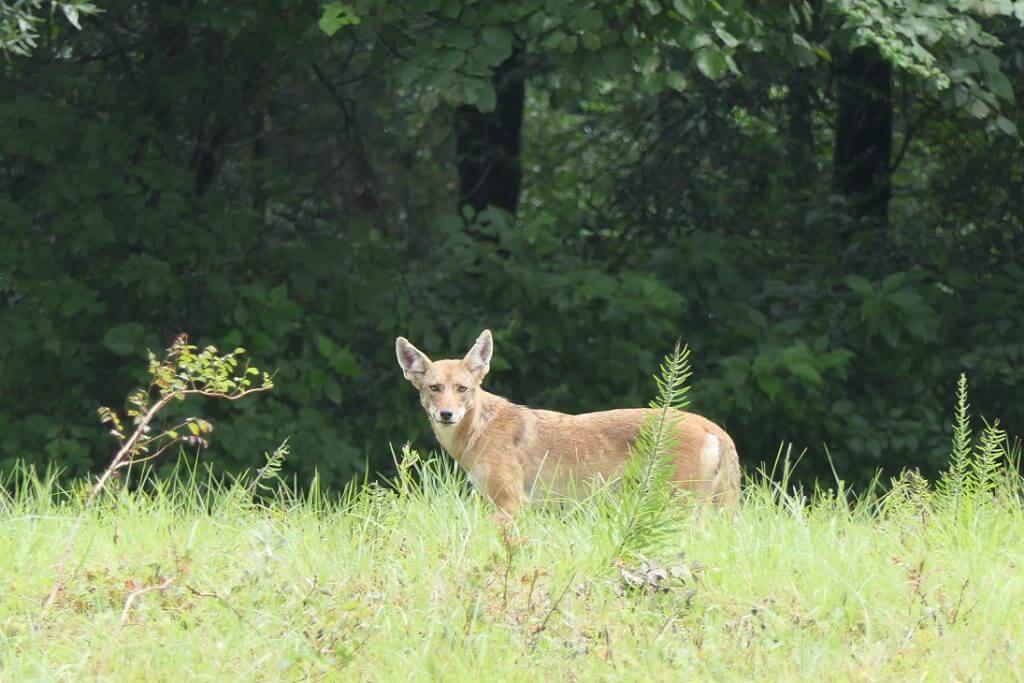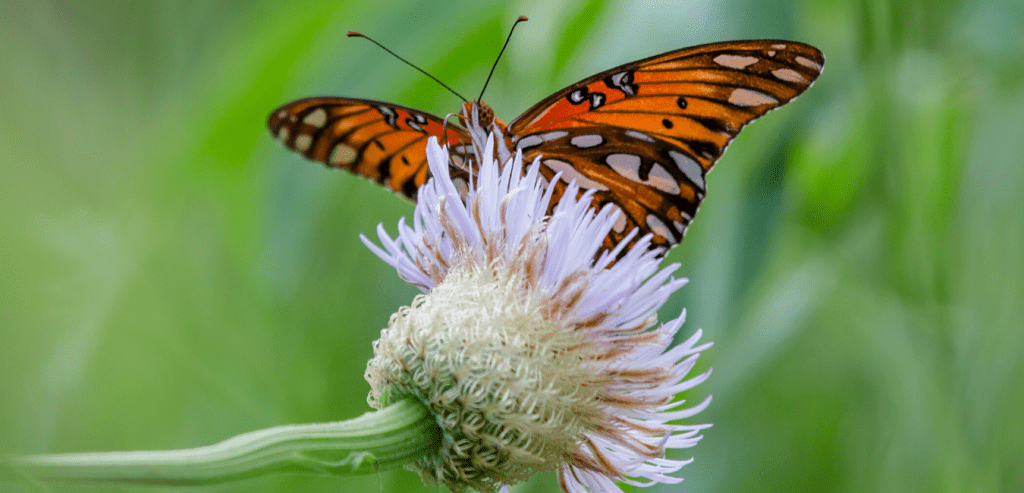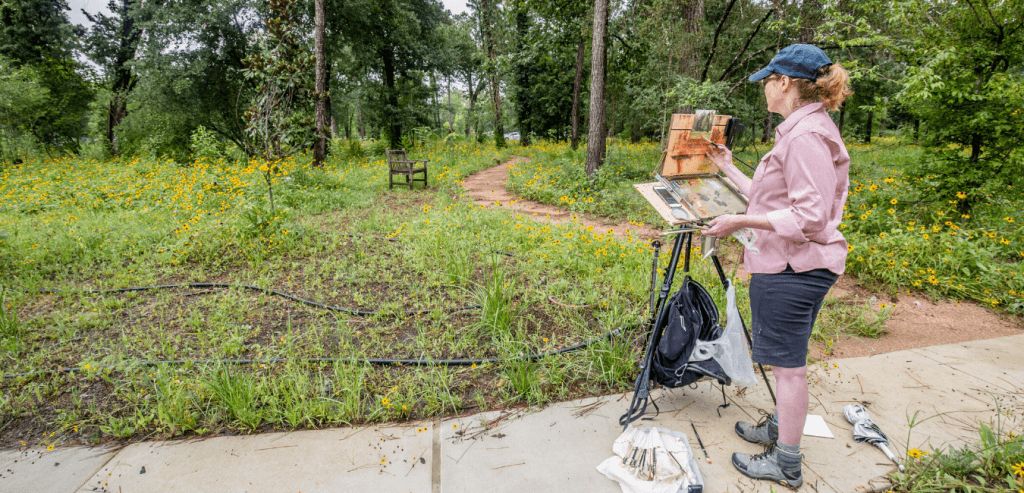Written by Kelsey Low
On a cool, dreary morning in February, a visitor spotted them: three white puffballs on the side of the trail. She thought they might be trash – maybe crumpled paper towels – but then realized they were chirping. They were three tiny Great Horned Owl chicks, and they were in trouble.

This wonderful visitor found a conservation team member and directed him to the owls. He quickly assembled the rest of the staff to assess the situation. The Arboretum’s resident bird experts determined that the Great Horned Owl family had taken over an old hawk nest thirty feet up in a pine tree. The nest had broken apart, probably in strong overnight winds, and the babies had fallen to the ground. The adult owls were frantic, unable to reach their babies but unwilling to abandon them. The chicks were still blind, helpless, and incapable of keeping themselves warm – the youngest had already succumbed to the cold. We had to do something and do it fast!

Our team sprang into action. We kept the surviving chicks warm in a staff member’s jacket while we called Wildlife Center of Texas for advice. The Wildlife Center advised us to build a replacement nest, install it as close to the old nest as possible, and let the owl parents do their job.

Arboretum staff (none of whom have “owl nest construction” as part of their job description) immediately went to work. We used a wooden platform meant for making a mason bee house, drilled holes in it for drainage, and rigged up a strong support system. The team was able to install the nest platform in a shorter tree near where the chicks fell. Staff added some sticks to make it a little more nest-like and somewhat camouflaged – we were very concerned because the new nest was right next to a busy trail, and we didn’t want people to disturb this already stressed owl family. Finally, we carefully placed the owl chicks in the new nest. Then the team had to do the hardest part: leave the scene. We wanted to stay, but we knew the adult owls wouldn’t come down if humans were around. Now it was up to the owls.

Lawson Taylor carefully placing an owl chick in the new nest
We made a quick wellness check late that afternoon and did see one of the adult owls carrying food near the nest, but as soon as it saw us it flew away to hide in a tree. We realized that we really would have to stay away from the nest if we wanted the owl family to survive. So we waited…
… and a few days later, we spotted one of the adults sitting on the new nest! Soon, staff were reporting frequent sightings of the babies and adults, but we had to be very stealthy or the owls would get spooked. If you noticed any strange behavior from Arboretum staff between February and April, especially when answering questions about bird nests or owls, that’s why. There was just too much risk for the owl family – who had already gone through so much – so we had to keep it all a secret.



And now – they’re gone! Both owl chicks have successfully fledged and have left the nest for good. They’ll be following their parents around the Arboretum for the next four to six months, learning how to find food and hunt. We are so proud of the owls for thriving in the face of incredible odds, and we’re proud of our staff for thinking quickly and giving this family the best chance to survive. We also thank you for supporting the Arboretum and our mission – we couldn’t have done any of this without you!
Photo credit: Arboretum Staff, Cameron Kirkpatrick, Rosemary Brooks

